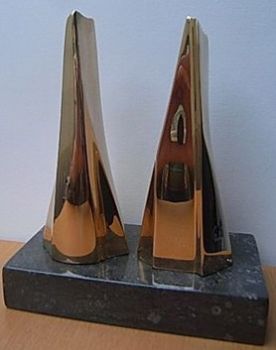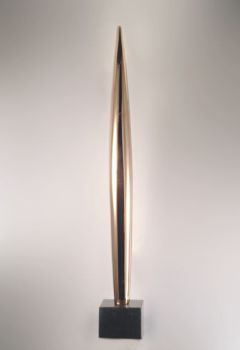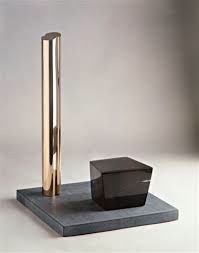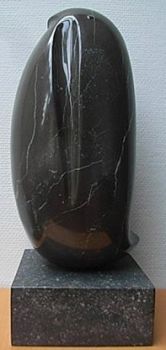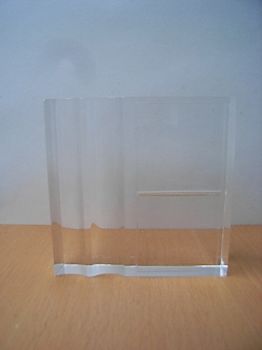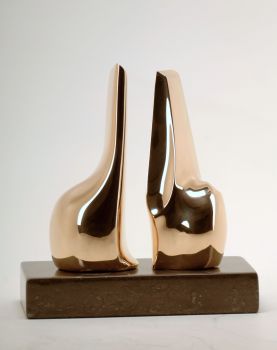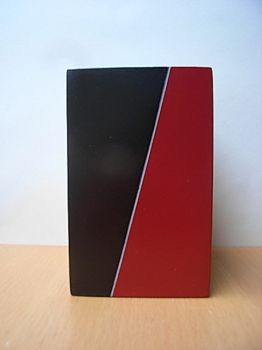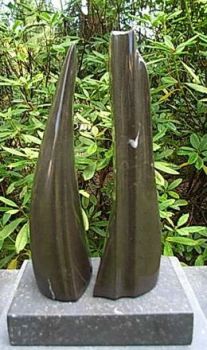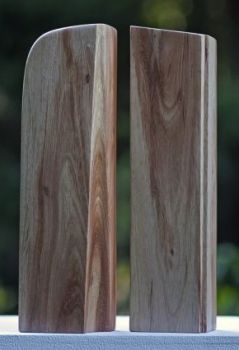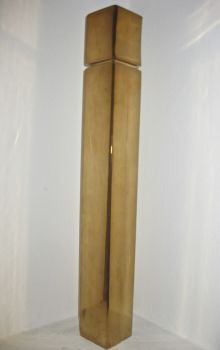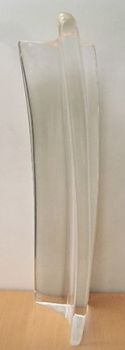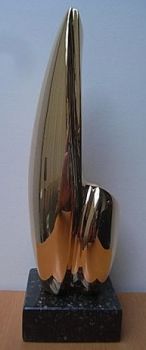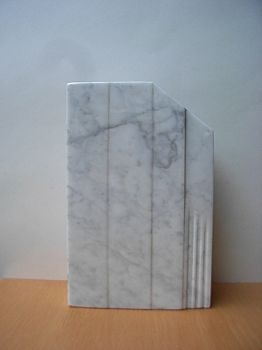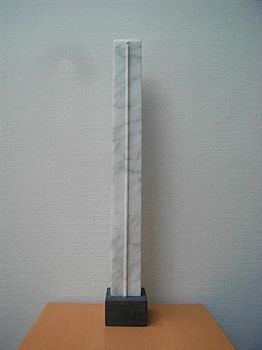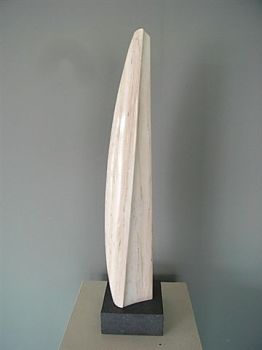ArtStories: Abstract Perfection
Shapes, colours and patterns may be experienced even more intensely when there is no subject matter. Abstract art has fought a long and hard battle to earn its place within the art historical canon, but these three fine examples from our online collection demonstrate exactly why the appreciation is well deserved.
Damals
Armando is somewhat of a homo universalis. Aside from painter and sculptor, his resume also reads art historian, poet, actor, producer, musician and journalist. His experiences of growing up next to a concentration camp are said to have shaped much of his artistic mind.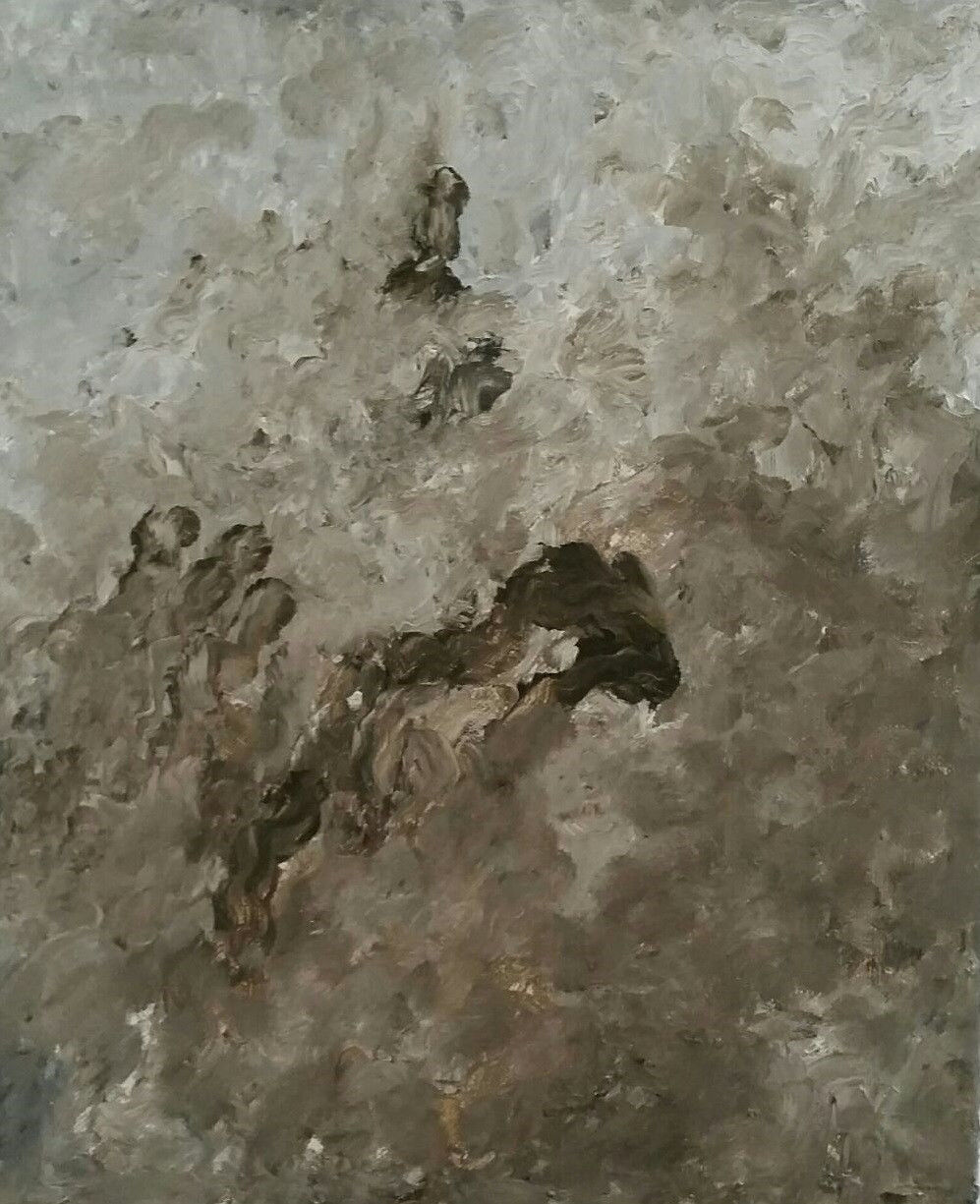
Armando, Damals, oil on canvas, 60 x 50 cm, 2009.
Many of Armando’s paintings therefore form reflections on the dark side of humanity, even his later works such as this canvas, titled ‘Damals’. Look closely, let your eyes carefully wander over the brush strokes and discover different textures and shapes along the way.
Evolutionary
The Belgian artist Maurice Brams is well known for his highly-abstracted forms. He carves these sculptures from memory, using various wholesome materials, such as wood, marble and bronze to express himself. Brams has been producing sculptures as of 1966, shifting from phase to phase.

Maurice Brams, Evolutionary, bronze on metal, h 40 cm.
He started out by creating sculptures of the mother and child, using only wood, following which he entered a “fertility” period in which bronze and marble were also used. As of 1982, Brams has been focusing on the theme of evolution, using primarily metals. His sculptures are often striking yet elegant, they capture a careful balance between imagination and determination.
Text no. 990 (daylight)
Japanese artist Takashi Suzuki is an abstract artist pur sang. What interests him most is pictorial expression. Following a period in which he experimented with different materials, Suzuki shifted his attention to the way in which different colours may enhance the visual experience.
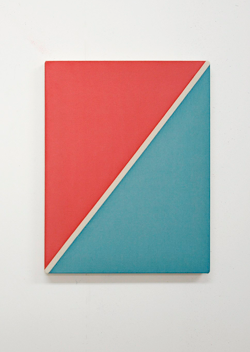
Takashi Suzuki, Text no. 990 (daylight), 41 x 33 x 2 cm, 2014.
After starting out with only red colour fields, he slowly but surely introduced more shades, such as the blue that you see on the above canvas. Suzuki’s brush strokes are meticulous, almost invisible to the human eye, yet the whole is a result of careful material considerations. Through various tones and textures, he manages to create unique viewing experiences.
Please have look at Gallerease for more abstract works!
ArtStories is a weekly column that features three unique objects from the Gallerease collection. Every piece comes with its own story that deserves to be told.


